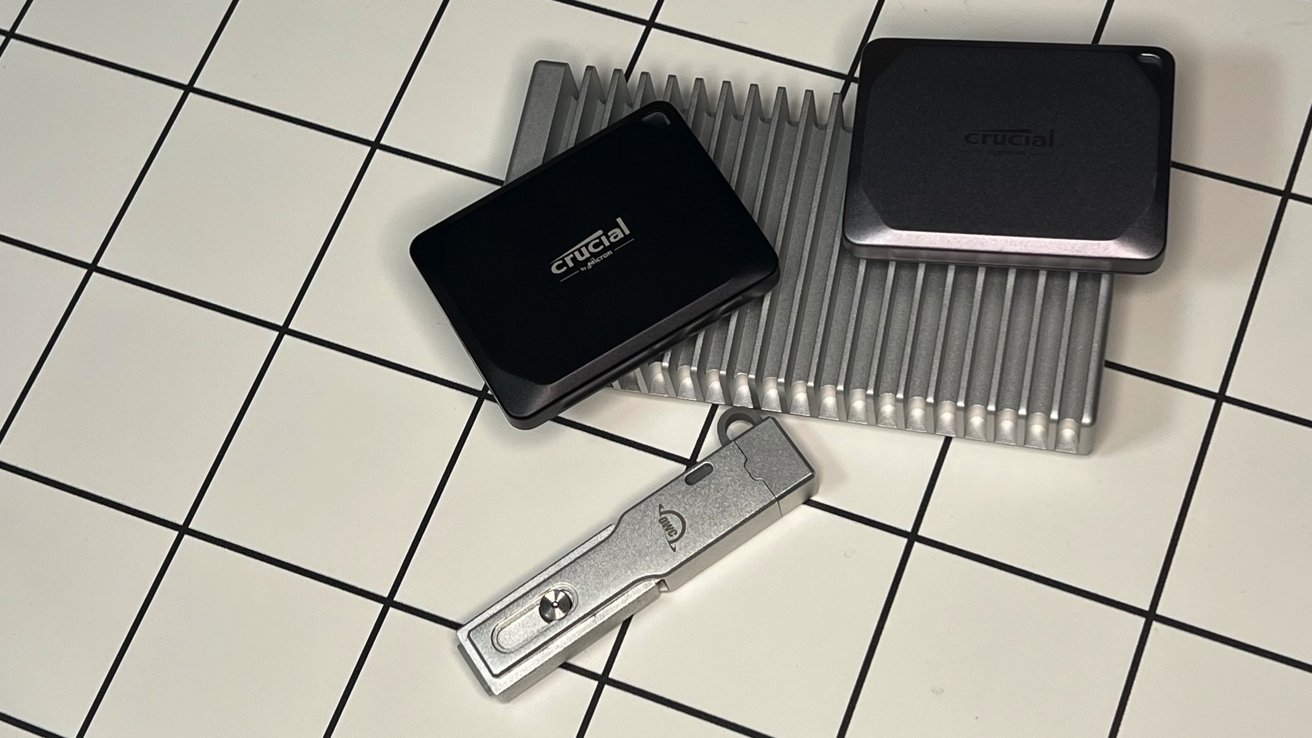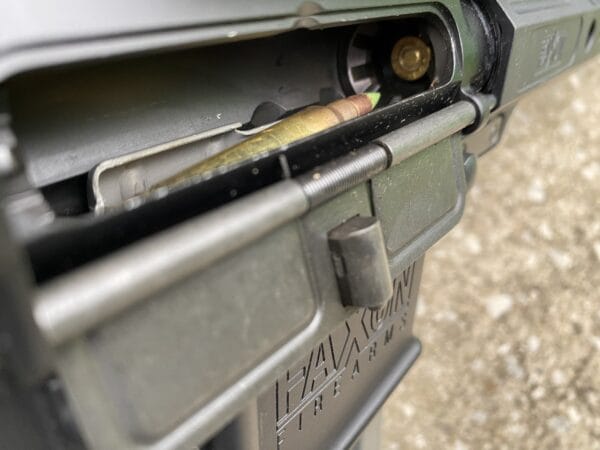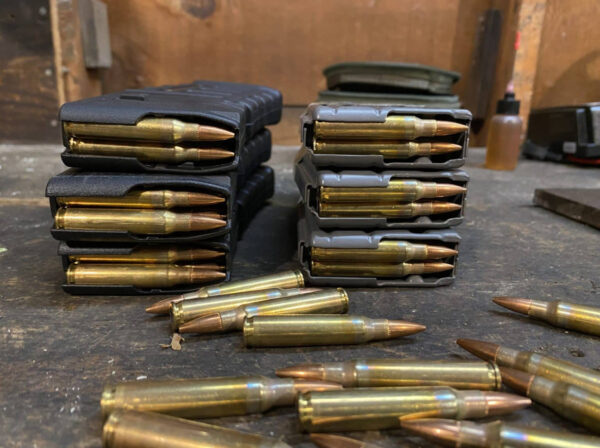The Washington Post interviewed Lebanese officials, people close to Hezbollah, and Israeli, Arab and U.S. security officials and politicians about a years-long plan (originated at Mossad headquarters) that ultimately killed or maimed "as many as 3,000 Hezbollah officers and members — most of them rear-echelon figures… along with an unknown number of civilians… when Israel’s Mossad intelligence service triggered the devices remotely on September 17."
In the initial sales pitch to Hezbollah two years ago, the new line of Apollo pagers seemed precisely suited to the needs of a militia group with a sprawling network of fighters and a hard-earned reputation for paranoia… Best of all, there was no risk that the pagers could ever be tracked by Israel’s intelligence services. Hezbollah’s leaders were so impressed they bought 5,000 of them and began handing them out to mid-level fighters and support personnel in February. None of the users suspected they were wearing an ingeniously crafted Israeli bomb… Israeli officials had watched with increasing anxiety as the Lebanese group added new weapons to an arsenal already capable of striking Israeli cities with tens of thousands of precision-guided missiles. Mossad, the Israeli intelligence service responsible for combating foreign threats to the Jewish state, had worked for years to penetrate the group with electronic monitoring and human informants. Over time, Hezbollah leaders learned to worry about the group’s vulnerability to Israeli surveillance and hacking, fearing that even ordinary cellphones could be turned into Israeli-controlled eavesdropping and tracking devices. Thus was born the idea of creating a kind of communications Trojan horse, the officials said. Hezbollah was looking for hack-proof electronic networks for relaying messages, and Mossad came up with a pair of ruses that would lead the militia group to purchase devices that seemed perfect for the job — equipment that Mossad designed and had assembled in Israel. The first part of the plan, booby-trapped walkie-talkies, began being inserted into Lebanon by Mossad nearly a decade ago, in 2015. The mobile two-way radios contained oversized battery packs, a hidden explosive and a transmission system that gave Israel complete access to Hezbollah communications. For nine years, the Israelis contented themselves with eavesdropping on Hezbollah, the officials said, while reserving the option to turn the walkie-talkies into bombs in a future crisis. But then came a new opportunity and a glitzy new product: a small pager equipped with a powerful explosive. In an irony that would not become clear for many months, Hezbollah would end up indirectly paying the Israelis for the tiny bombs that would kill or wound many of its operatives. Because Hezbollah leaders were alert to possible sabotage, the pagers could not originate in Israel, the United States or any other Israeli ally. So, in 2023, the group began receiving solicitations for the bulk purchase of Taiwanese-branded Apollo pagers, a well-recognized trademark and product line with a worldwide distribution and no discernible links to Israeli or Jewish interests. The Taiwanese company had no knowledge of the plan, officials said… The marketing official had no knowledge of the operation and was unaware that the pagers were physically assembled in Israel under Mossad oversight, officials said… In a feat of engineering, the bomb component was so carefully hidden as to be virtually undetectable, even if the device was taken apart, the officials said. Israeli officials believe that Hezbollah did disassemble some of the pagers and may have even X-rayed them. "Thousands of Apollo-branded pagers rang or vibrated at once, all across Lebanon and Syria," according to the article, with a short sentence in Arabic that said "You received an encrypted message." The two-button de-encryption procedure "ensured most users would be holding the pager with both hands when it detonated," according to the article, although "Less than a minute later, thousands of other pagers exploded by remote command, regardless of whether the user ever touched his device. The following day, on September 18, hundreds of walkie-talkies blew up in the same way, killing and maiming users and bystanders…" "As Hezbollah reeled, Israel struck again, pounding the group’s headquarters, arsenals and logistic centers with 2,000-pound bombs," the article concludes. And the strike "convinced the country’s political leaders that Hezbollah could be put on the ropes, susceptible to a systematic dismantling using airstrikes and, eventually a ground invasion…"
Read more of this story at Slashdot.
Slashdot










